A compliant mechanism is a flexible mechanism that achieves force and motion transmission through elastic body deformation [Wikipedia]. Compliant mechanisms are not exactly soft robotics -- most compliant mechanisms include rigid parts, with elastic hinges or pivots. However, I feel like this topic fits within the theme of soft robotics because the main difference between compliant mechanisms and their counterparts is that they are softer.
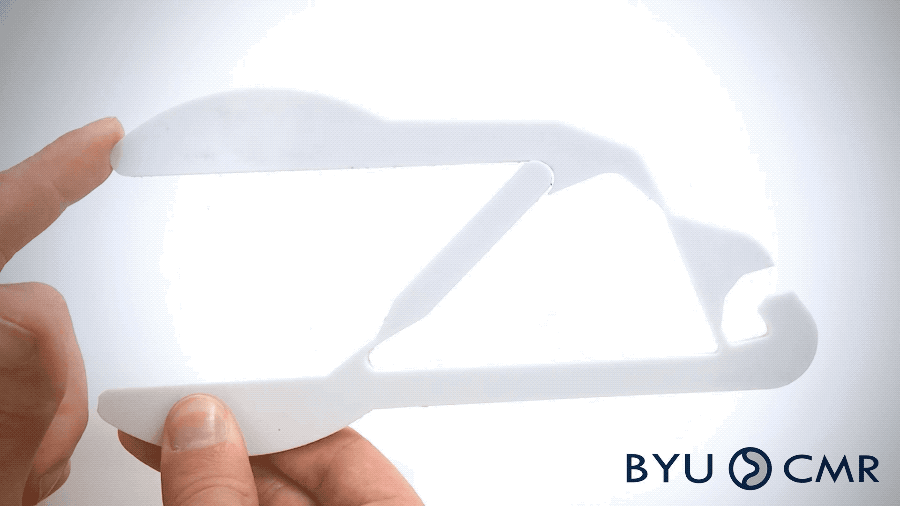
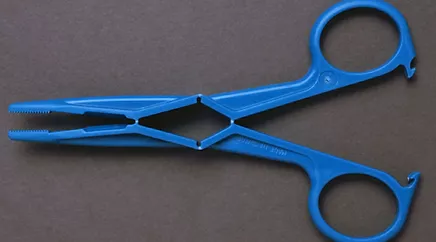
[Images from compliantmechanisms.byu.edu.]
Further reading
- Wikipedia: Compliant mechanism
- Veritasium: Why Machines That Bend Are Better. Video intro to compliant mechanisms.
- BYU Compliant Mechanism Research (CMR) website.
- BYU CMR on Thingiverse. Ready-to-print 3D models of compliant mechanisms.
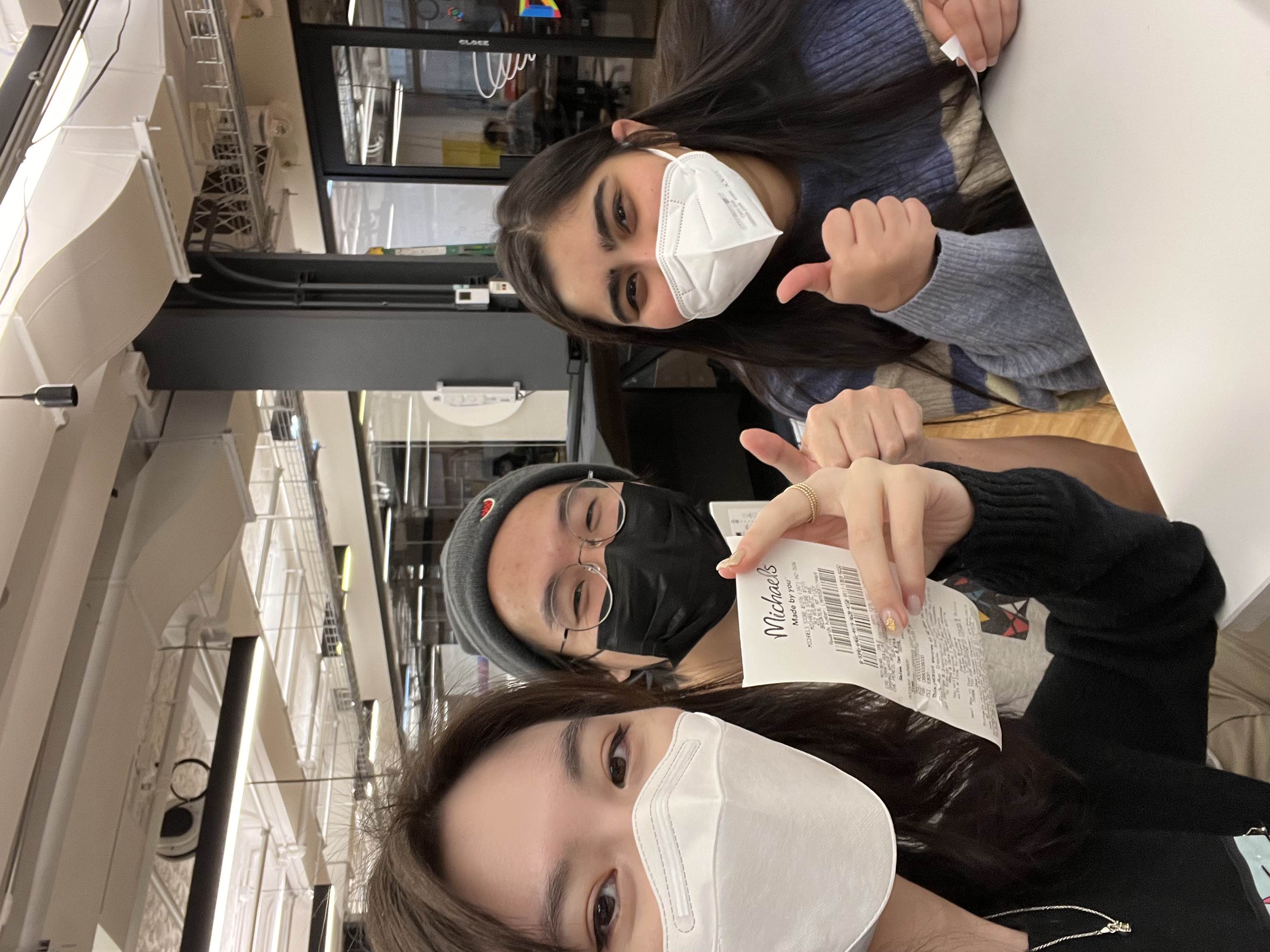
Akshita, Chloe, and I went to Michaels in search of soft materials. We found plenty! I've broken them down into rough categories below.
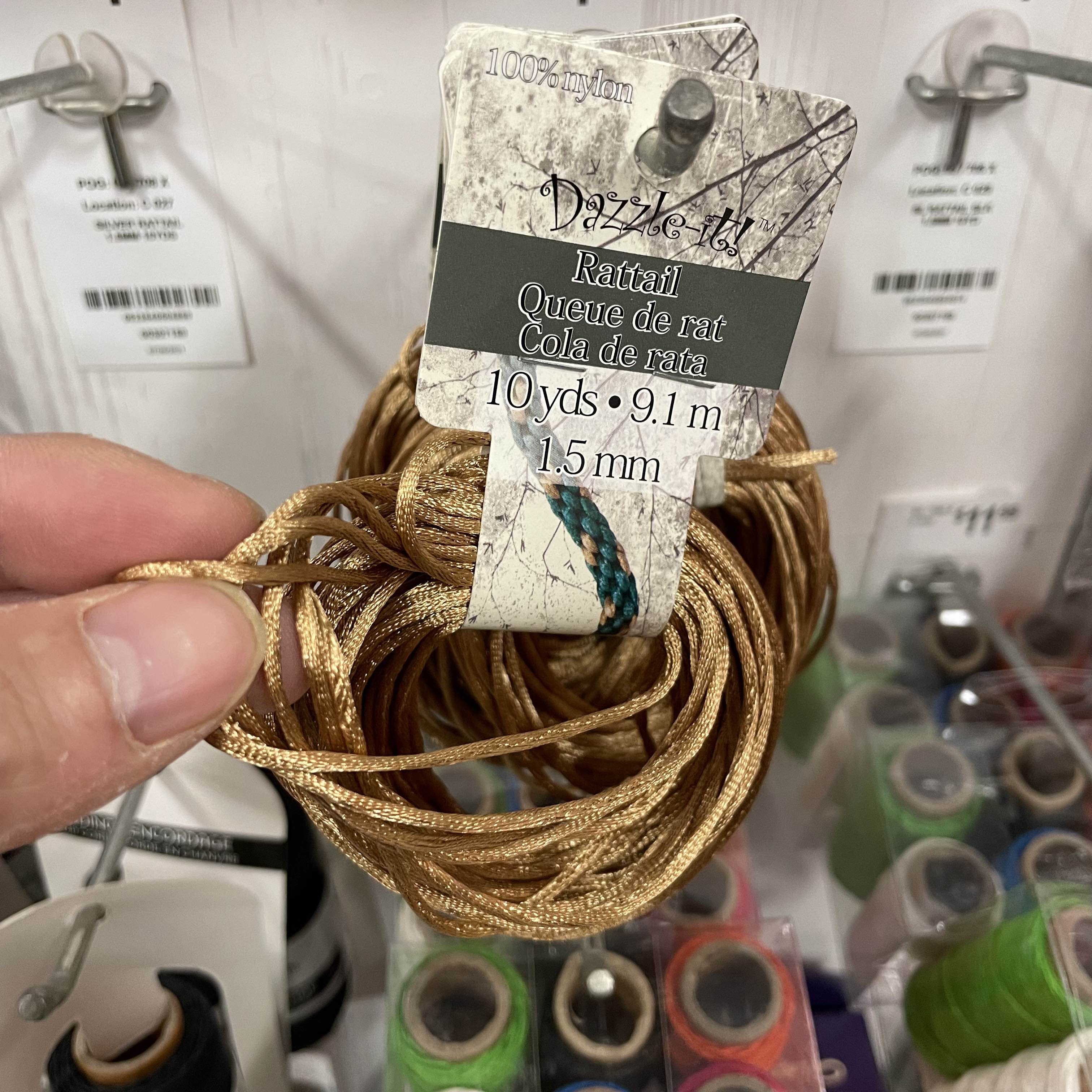
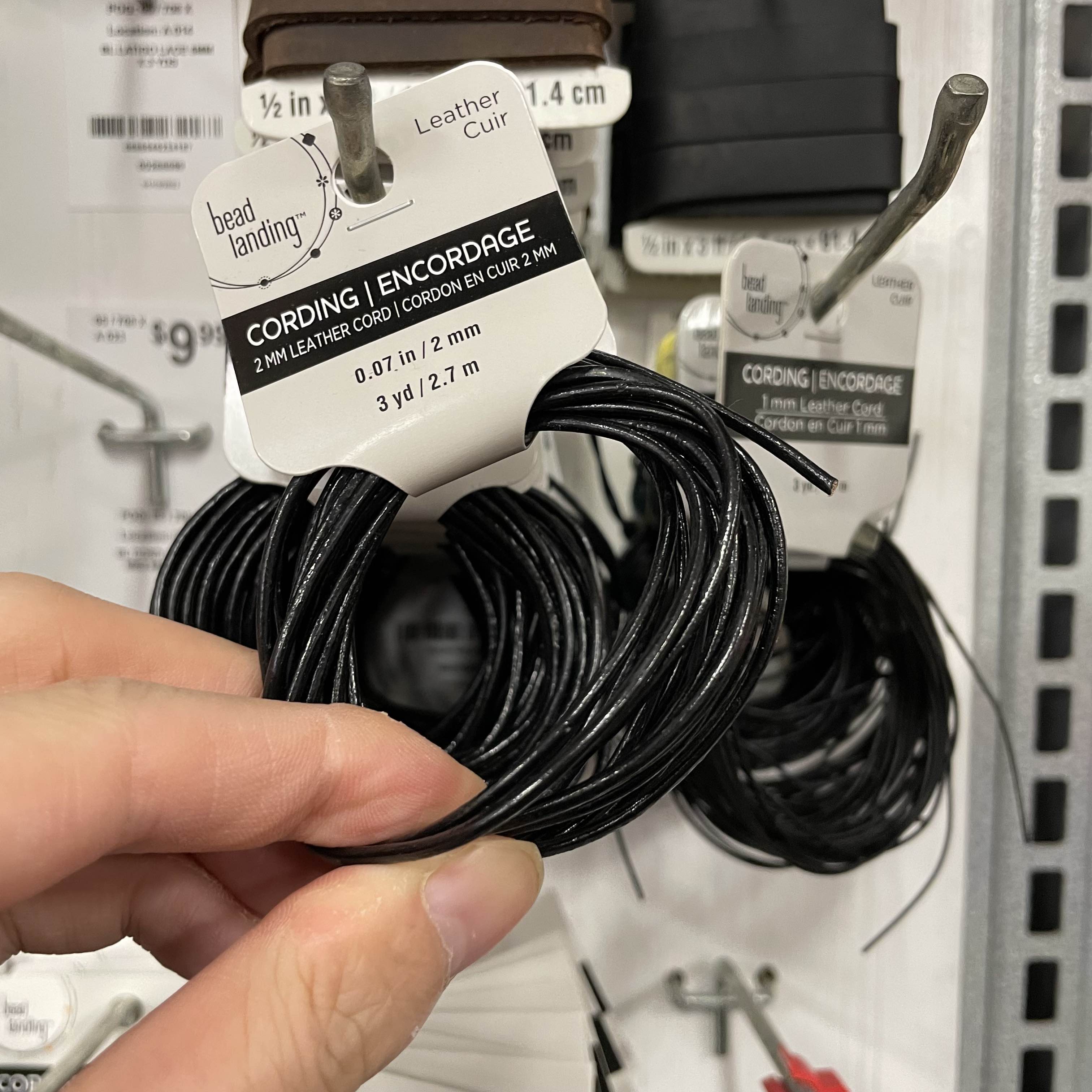
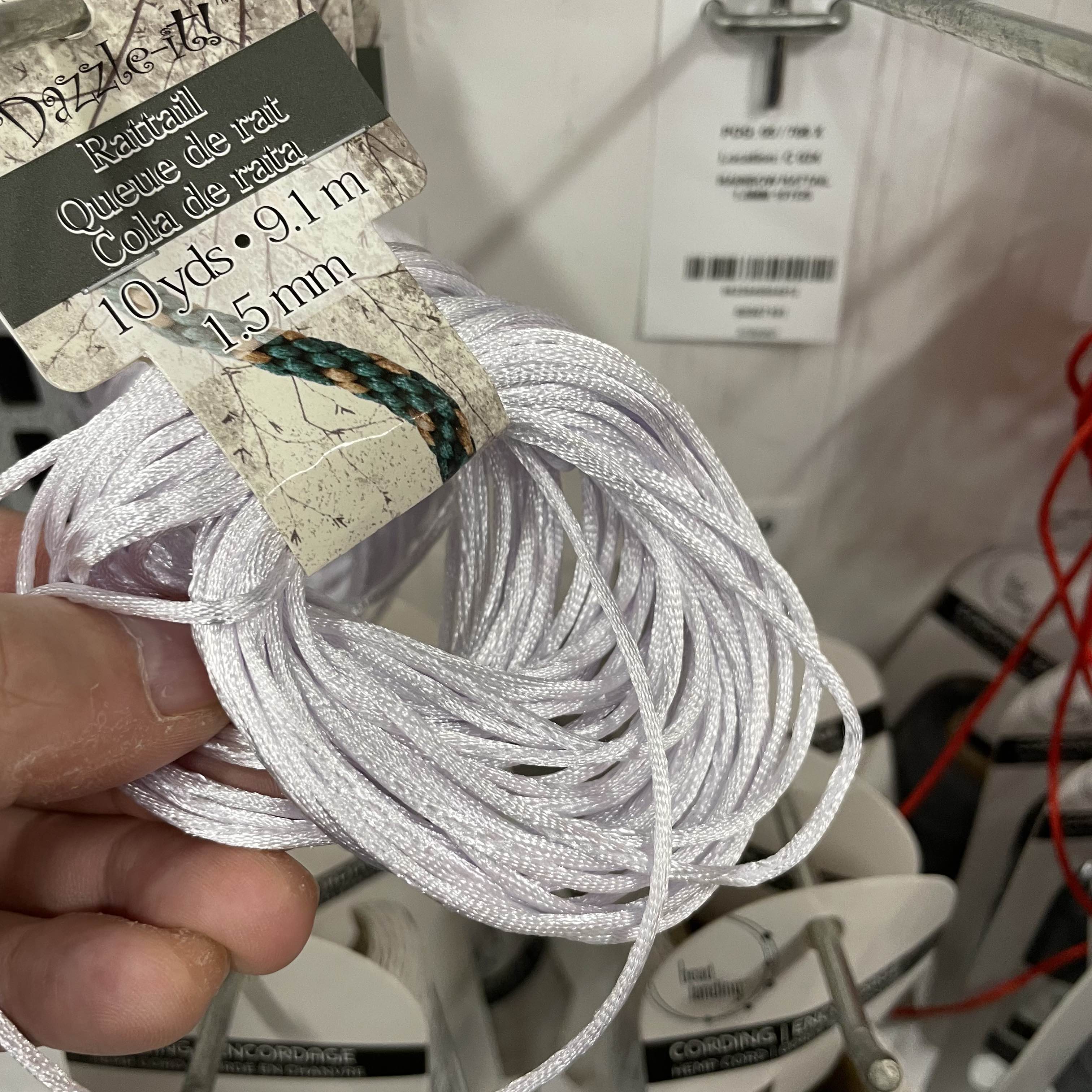
These materials are long, flexible, and thin. Since the other part of this week's assignment was to explore cable mechanisms, I naturally thought about how each of these would function as cables. More flexible string (gold, white) would be more useful for bending around tight corners, whereas stiffer wire (black) could retain more structure both when bent and when compressed. Using wire for cabling also allows it to double as an electrical conductor.
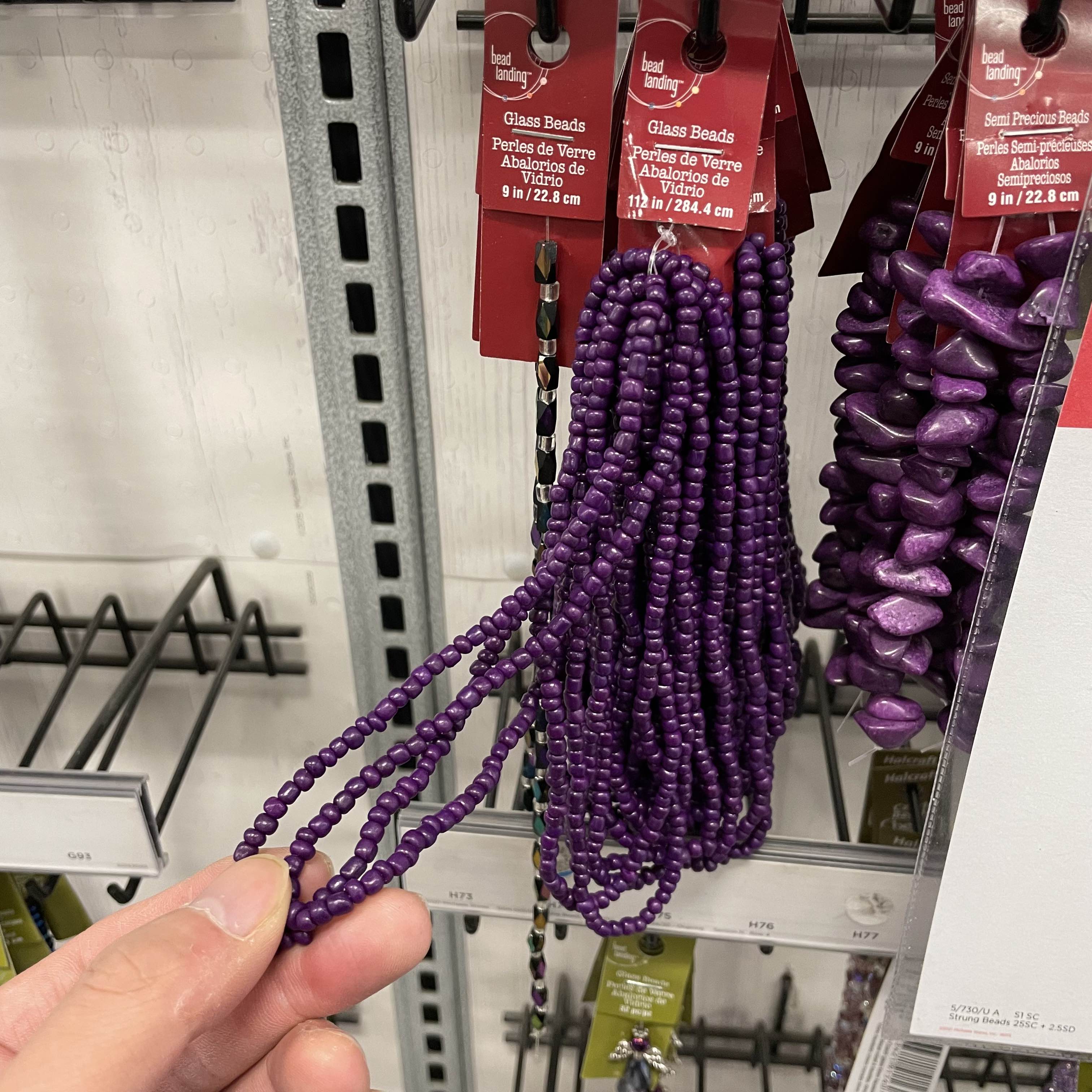
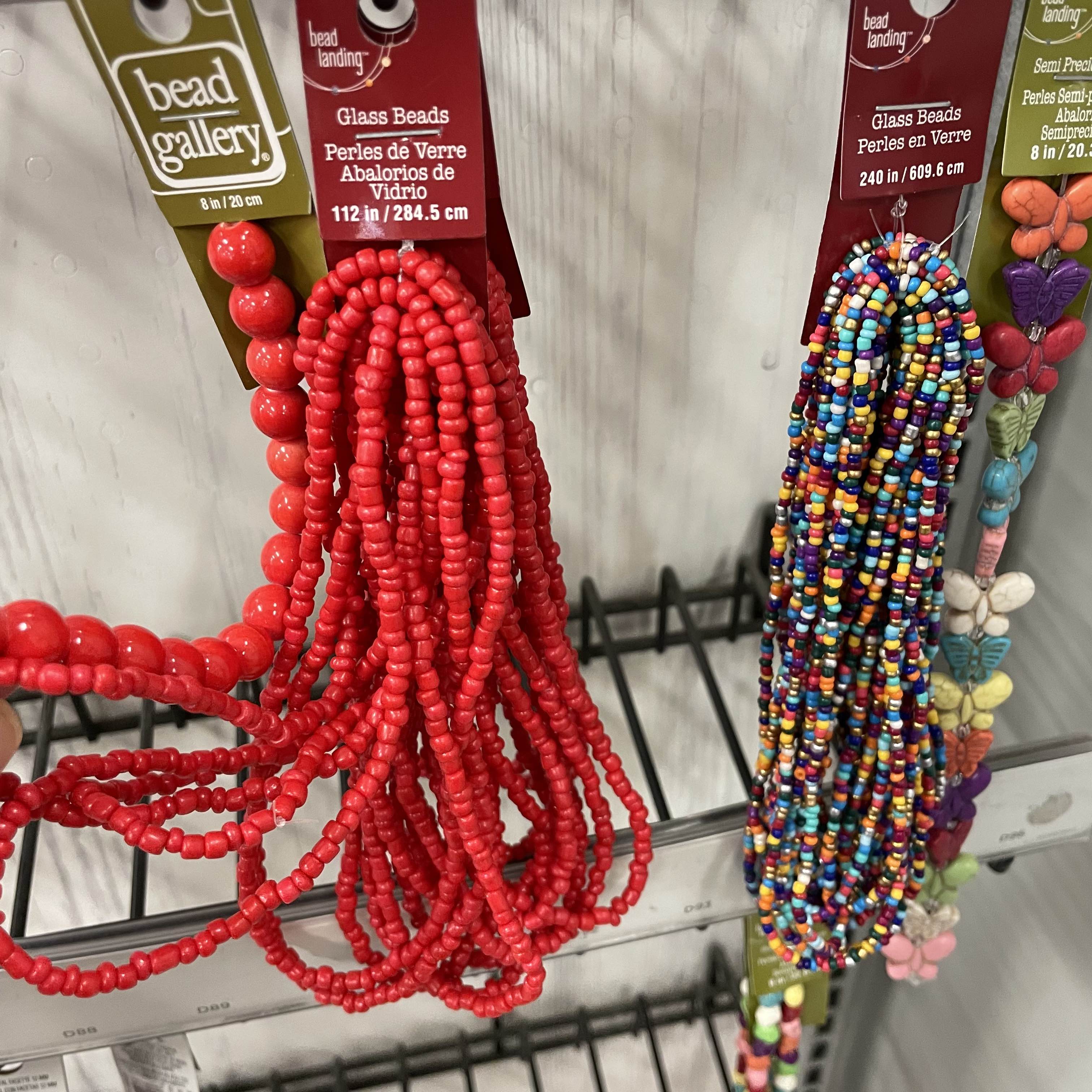
Next I found some strings of beads. I thought they were interesting in that they are both flexible and rigid, depending on how you use them. When they are pulled, they act like the cord that runs through them, providing tension and elasticity; when items are placed on top of them, the act more like their beads, providing a fulcrum and a rotating surface like a rolling pin.
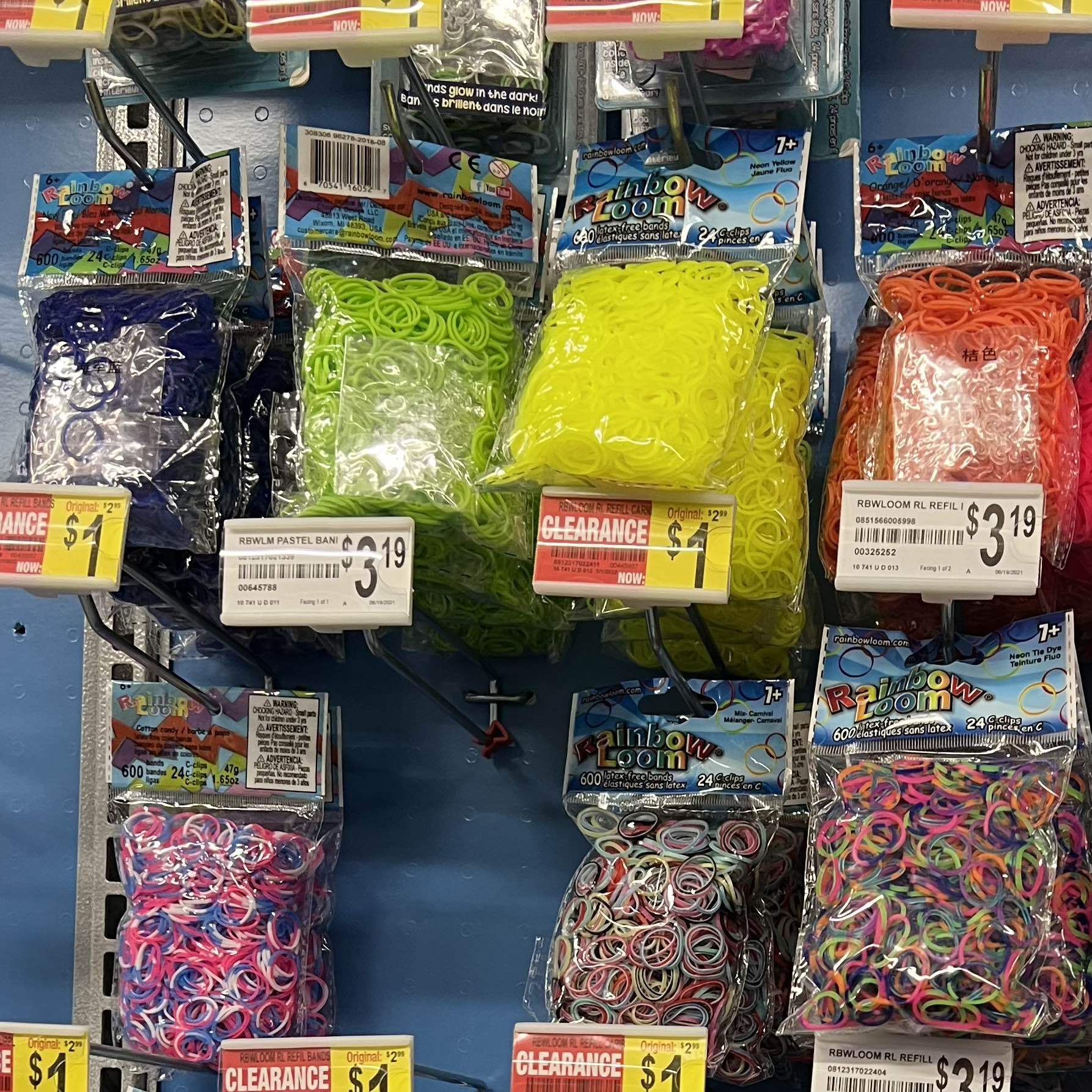
I found rubber bands to be of interest because they are such a common household item. I am curious whether they could be useful in a fully soft robot, since there wouldn't be any rigid mounting points they can provide tension against.
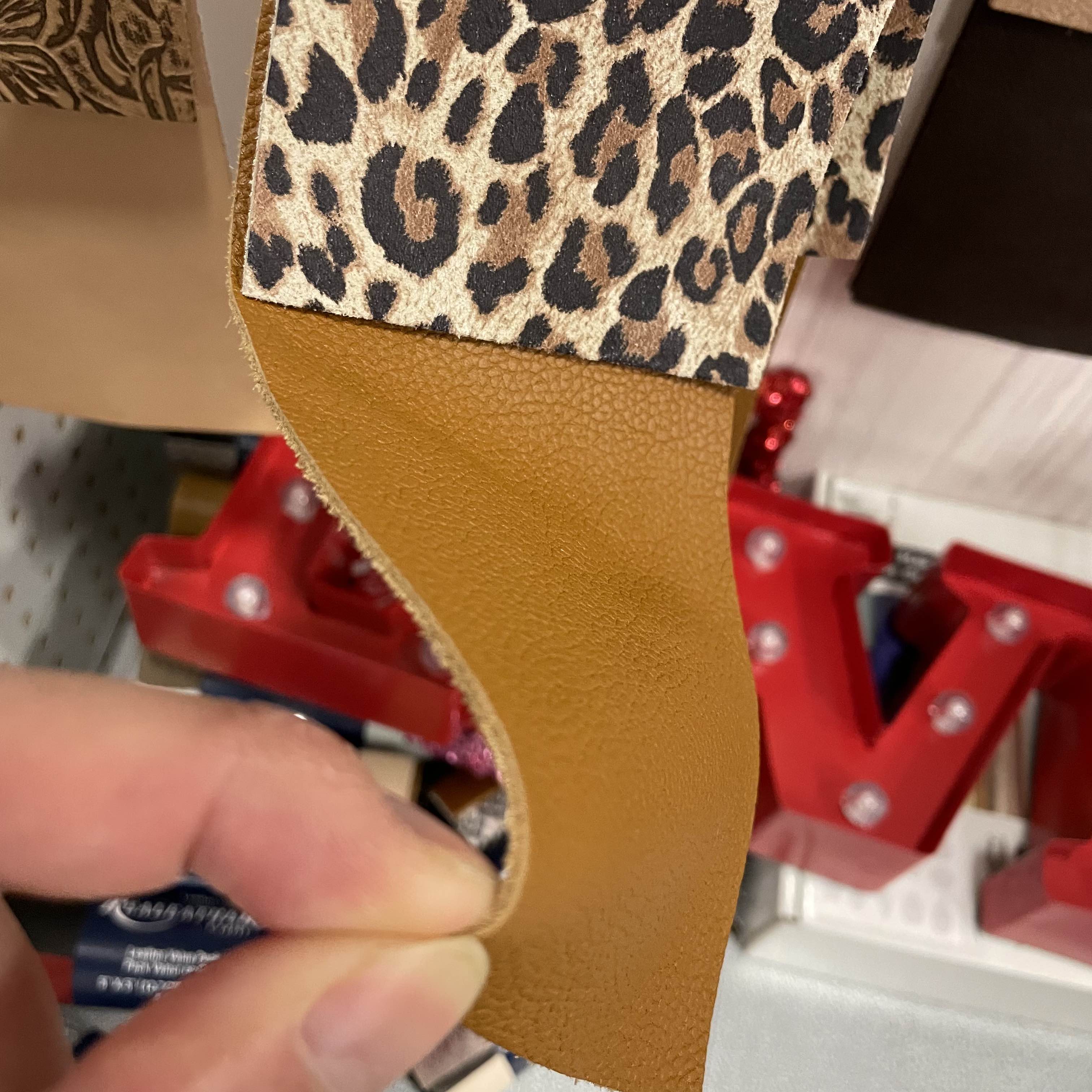
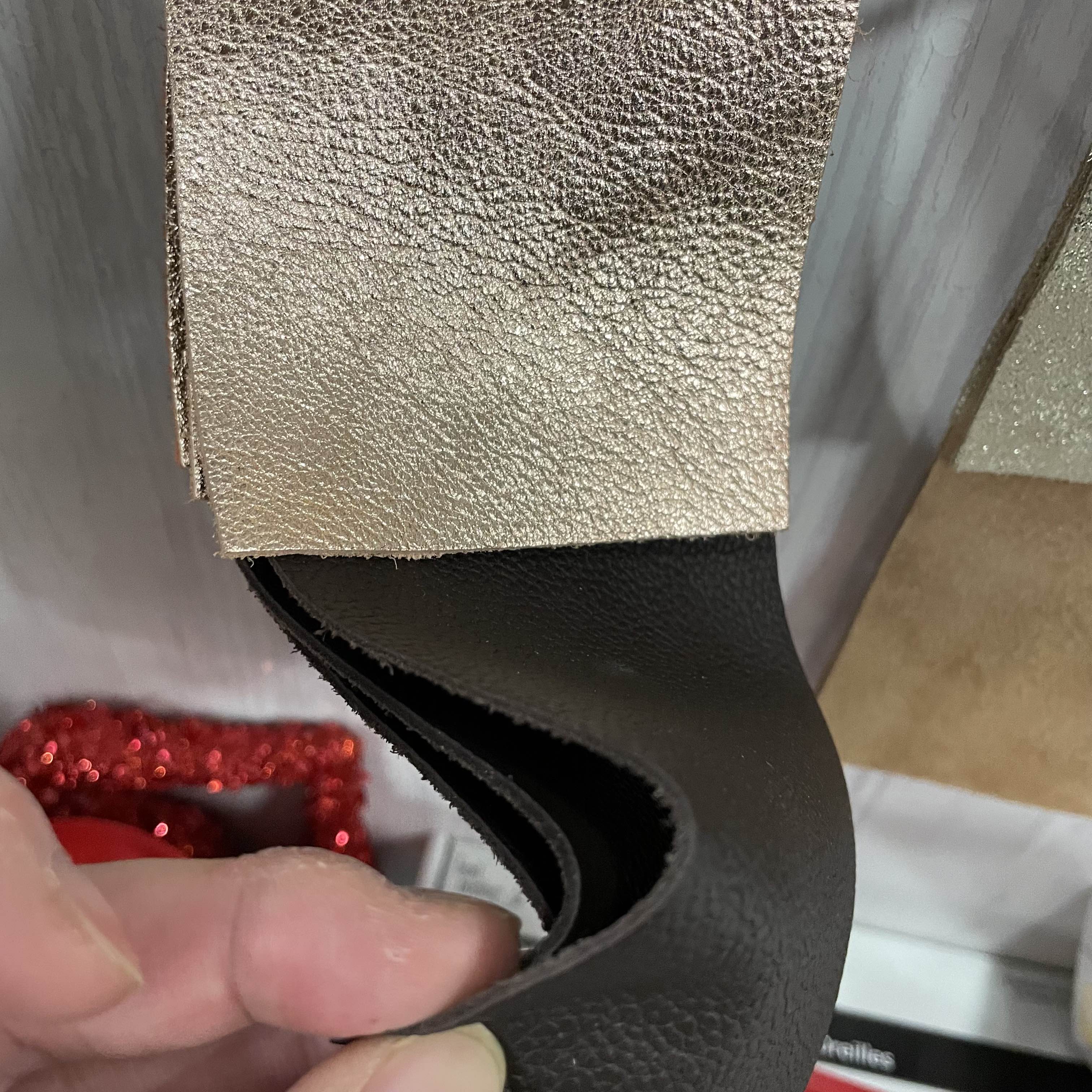
Skin-like materials are interesting, because of the things that skin can do that typical synthetic surfaces cannot. Skin wraps soft internals and gives flesh shape, adding a certain amount of rigidity even though skin itself is not rigid. Skin's flexibility allows for the transferring of haptic sensations. And finally, skin can be both smooth and have grip depending on the forces applied, allowing us to pick up objects without worrying that they'll accidentally stick to us. All of these properties and abilities are uncommon in traditional robots.
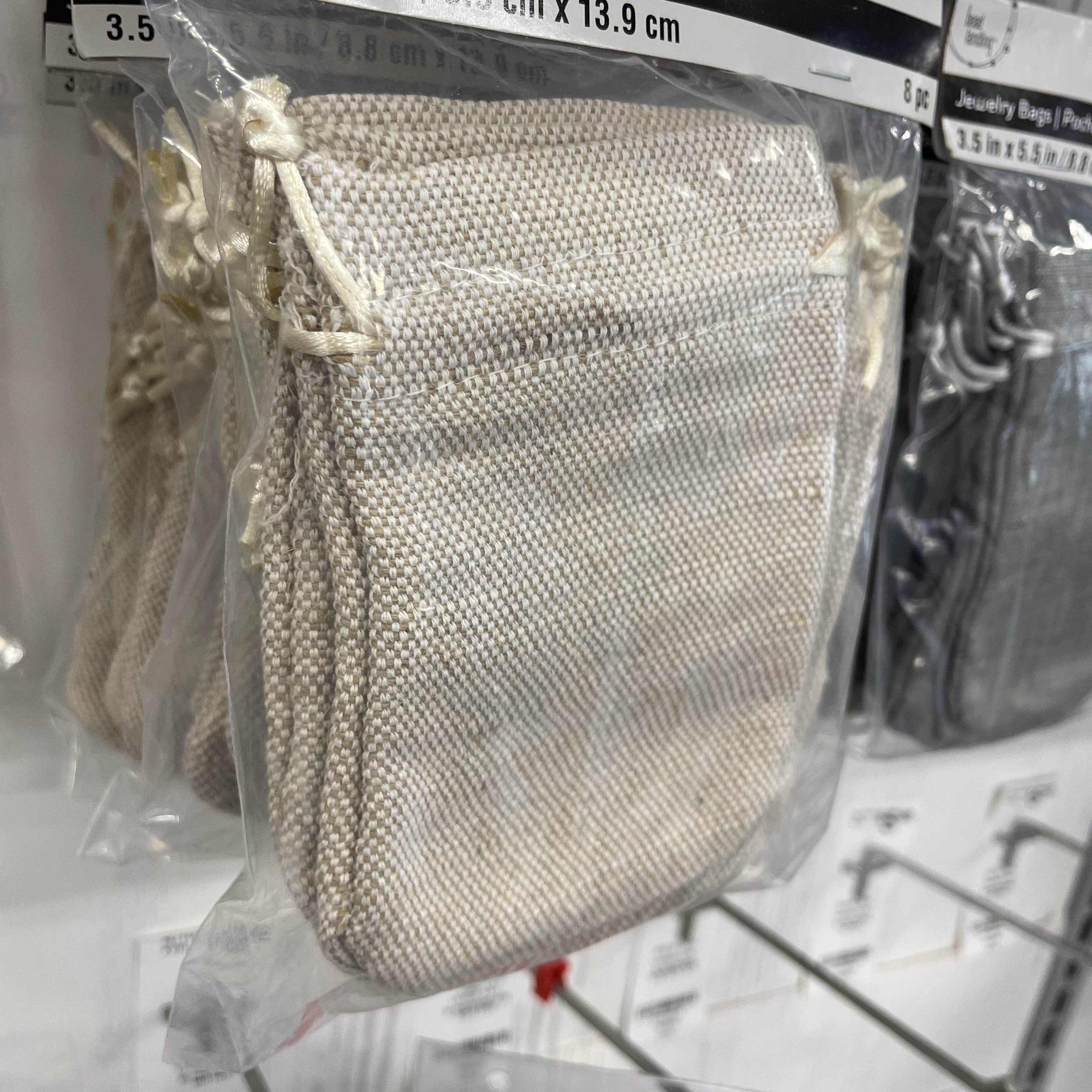
Cloth shares a lot of properties with skin-like materials. Unlike skin, it is by default extremely porous due to its woven nature. I thought this bag in particular was interesting because I noticed that the drawstring was a similar color to the fabric, and I realized that it's possible to have cords and fabric made of the same material. Perhaps there can be material that's a combination of the two -- a kind of fabric where certain "trigger threads" can be pulled to change the shape of the fabric in interesting ways.
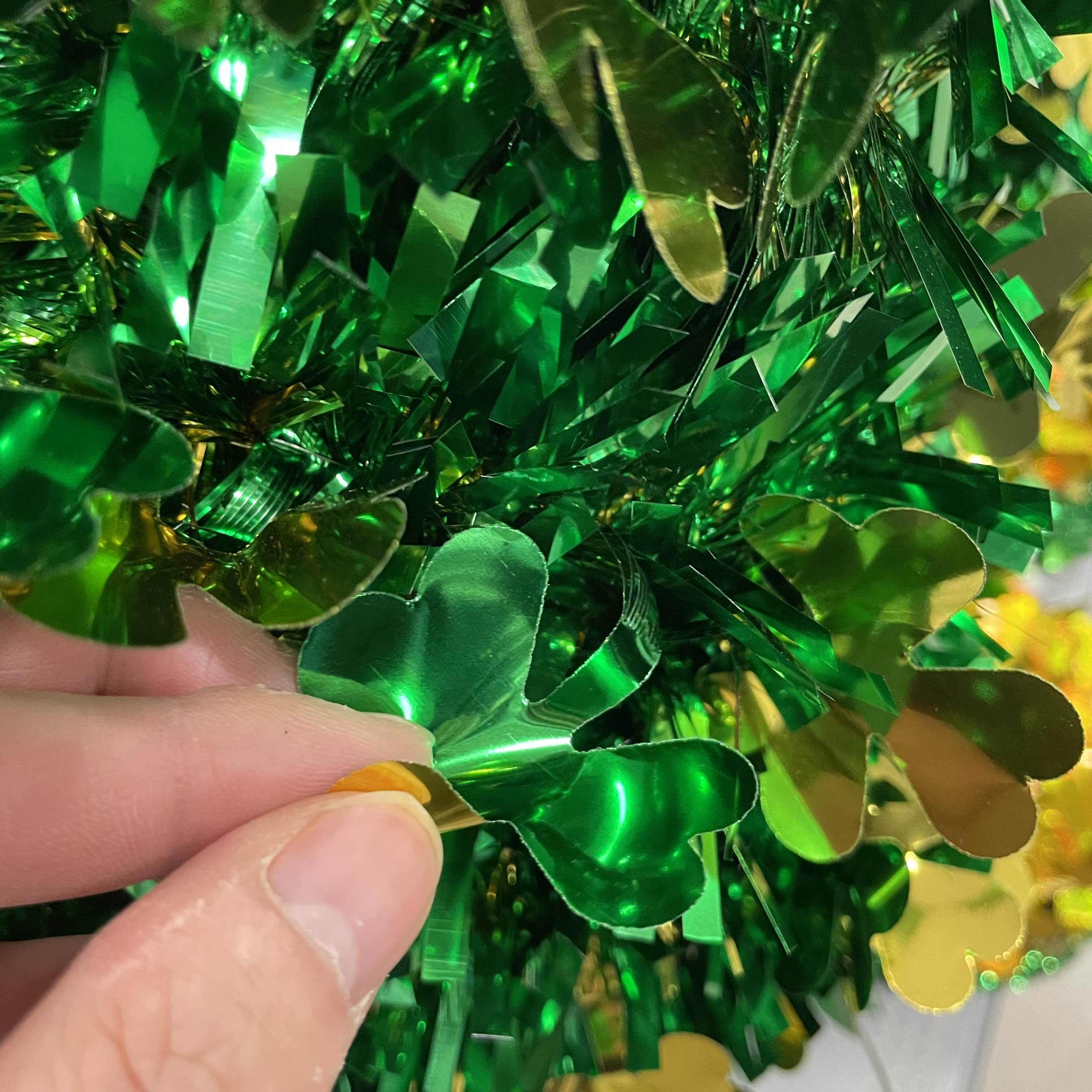
Finally, I came across some shamrock-shaped tinsel, even though Saint Patrick's Day is more than a month away. I played around with the tinsel in my hand and concluded that it was probably too flimsy to provide any significant tension and structural support -- I couldn't think of any applications related to motion. Tinsel is shiny, and I think that it has potential for optical applications -- perhaps an array of tinsel mirrors on a surface of an object can be changed to change the perceived color of the object, or to reflect incoming light into a particular direction.
During class we tried making cable-straw mechanisms. This was mine:
I tried making a few other cable mechanisms, but none were quite as successful as this one. To polish it up a bit, I added eyes and turned it into a snake!
One detail that happened to work out: I tried to assemble things in reversible ways, to make it easier to adjust in case something goes wrong. To attach the string to one end of the straw, I cut a slit in the straw and wrapped the string through it a few times, resulting in a firm hold. The extra string at the end is now the tongue of the snake!